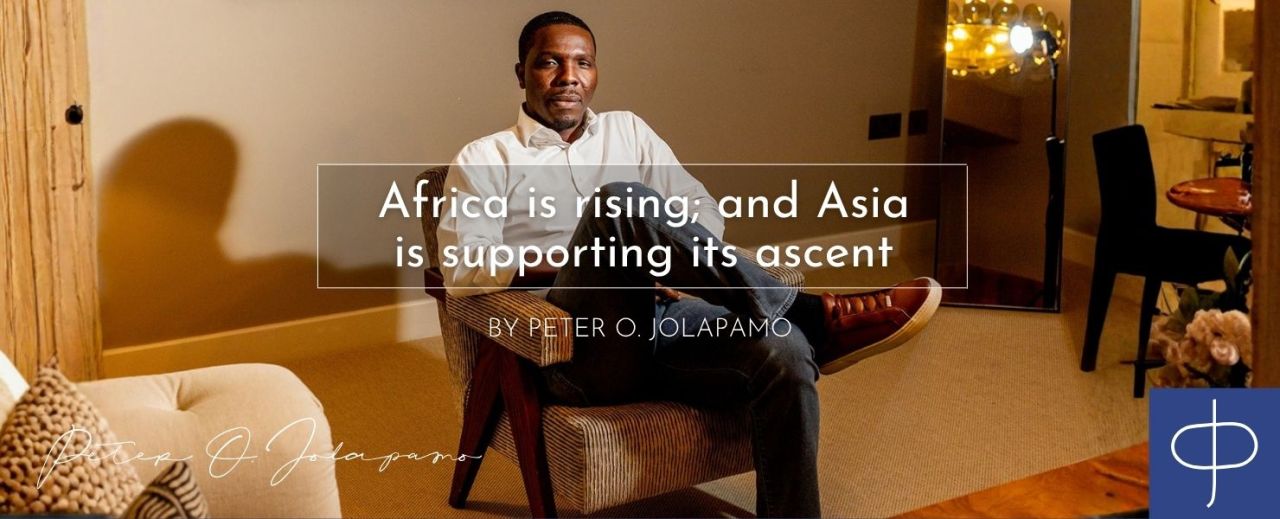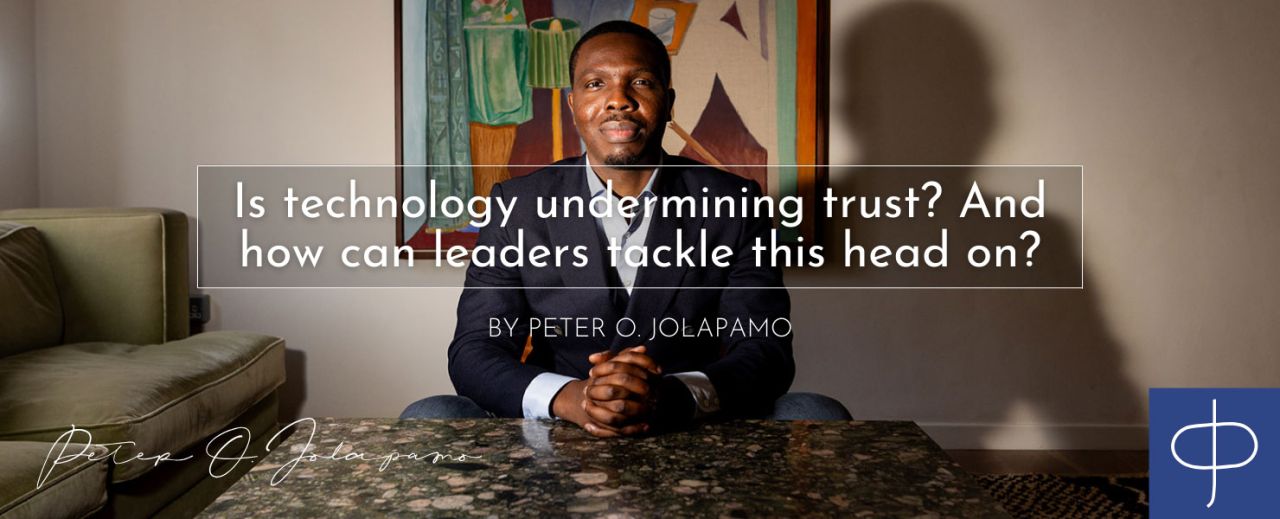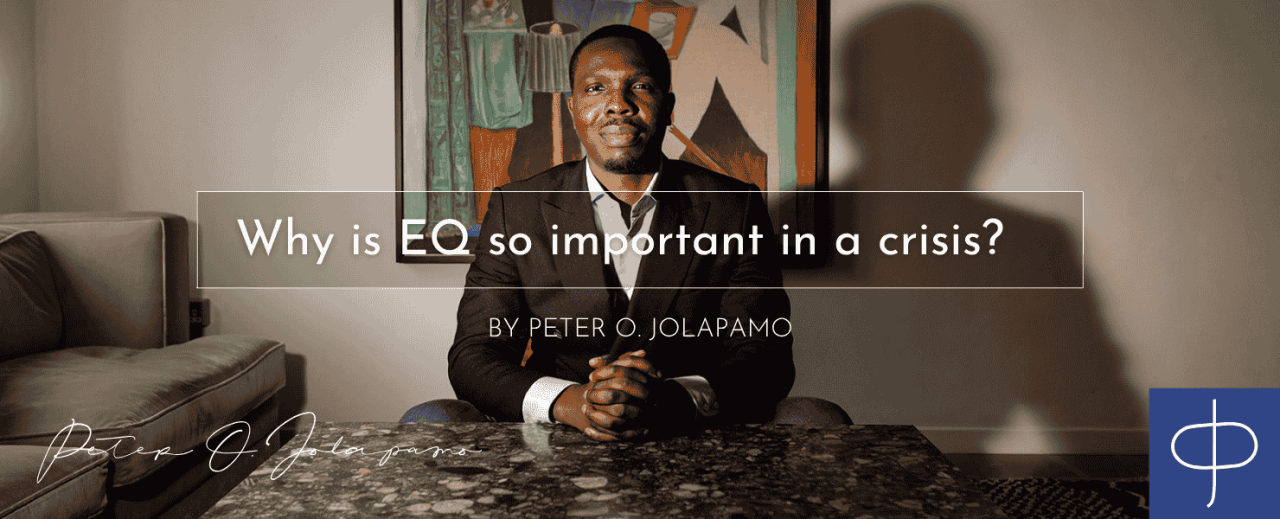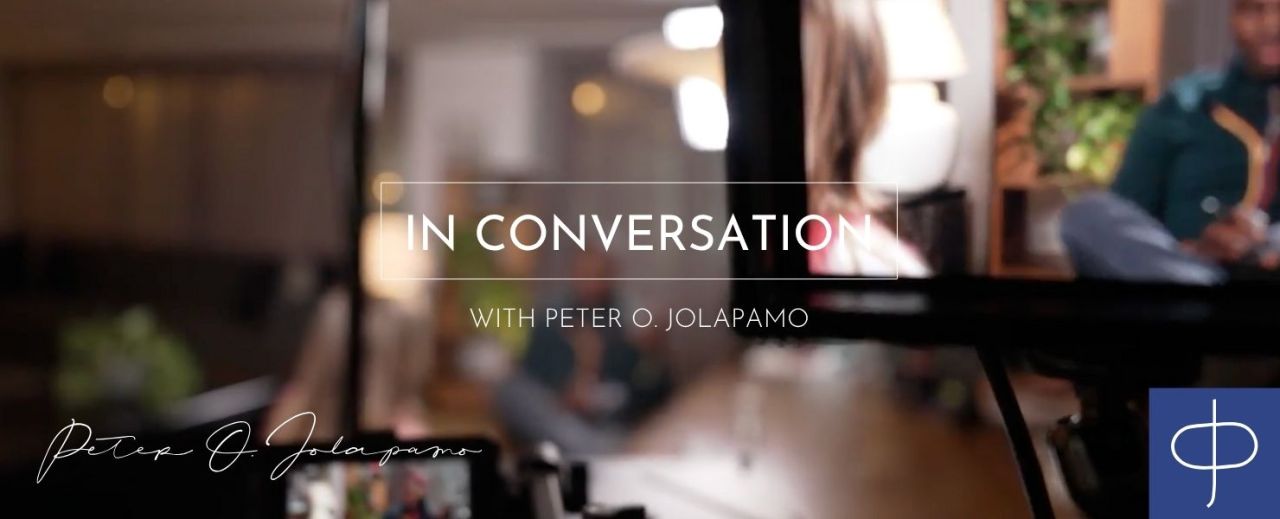
How can people with very different EQs work together?
There are moments in most of our careers where a clash of personality can make life really fraught. These incidents are scarily commonplace. A CIPD survey of 2000 employers and 5000 employees last year revealed that only a third who had experienced conflict in the past year believed that the matter had been resolved. More than this though, employees squarely placed the blame with their managers with nearly half of respondents saying that their managers can cause conflict in their teams. This rose to 61% in the public sector.
When tensions escalate
I have seen it myself in action. In one project, I worked with a highly results-driven leader who thrived on challenge and directness – an approach that was, in many ways, very effective. She was paired with a team member who was deeply empathetic and attuned to tone and relational nuance. Their working styles clashed significantly: the leader saw feedback as a tool for performance, while the team member often experienced it as personal criticism. Tensions escalated to the point where the leader threatened to resign, believing the team member had deliberately manipulated the situation into a formal bullying claim.
“Differing EQs, when left unchecked, can lead to deep mistrust.”
This could have derailed the whole project. I had to step in. I found myself acting as a translator and then a connector – reframing intent, softening language, and helping each person better understand the other’s lens. It wasn’t easy, but it was a clear example of how differing EQs, left unchecked, can lead to deep mistrust – while also highlighting the critical role of bridging and perspective-taking in restoring psychological safety.
Lack of balance
What was lacking was a balance in EQ between my colleagues. Tone, timing, and intent all matter – but in my experience, friction escalates when these differences are taken personally rather than viewed situationally. Both handled their roles so differently but did not have the ability to meet the other in the middle. In fact, there was a complete lack of empathy and zero constructive communication. As Craig E. Runde and Tim A. Flanagan write in Becoming a Conflict Competent Leader: “The better able team members are to engage, speak, listen, hear, interpret, and respond constructively, the more likely their teams are to leverage conflict rather than be levelled by it.”
What we did have, however, was a whole lot of ego.
Ego as a blocker
It’s ego that stops people being able to move past the problems. I’ve faced this recently in a professional setting. While shared frameworks for feedback and collaboration – grounded in respect and mutual understanding – can create alignment, they only work when everyone buys in. If someone believes they’re above the process or more important than the team, it breaks down. For me, respect is non-negotiable. It’s foundational to doing business. I’ve
walked away from engagements where that principle couldn’t be upheld, and I’d advise anyone to do the same. No outcome is worth sacrificing psychological safety or basic human decency.
“No outcome is worth sacrificing psychological safety or basic human decency.”
EQ allows us to understand and manage our emotions and other people’s too. This alone makes it easier to win respect but also trust. Where ego dominates, it becomes almost impossible to move toward collective outcomes. But when trust is present and egos are set aside, it becomes very possible to build a shared framework for feedback and decision-making – one that honours both emotional intelligence and analytical rigour.
It is this combination that I look for when I’m building a team. I’ve often said the best teams aren’t simply the “smartest” – they’re the best balanced for the mission. Differences in emotional style don’t have to be a problem (once ego is parked). When we name them and work with them, they become complementary. The emotionally attuned teammate can spot early signs of misalignment or disengagement, while the more analytically driven teammate can cut through noise and bring clarity and decisiveness when emotions are running high. Together, they see more of the whole system – and act sooner, smarter, and with more resilience. This is how you use EQ to bring people together and keep them together, focussed on a shared goal.





